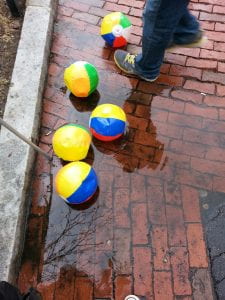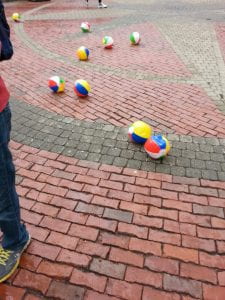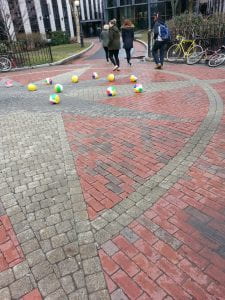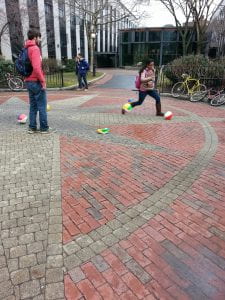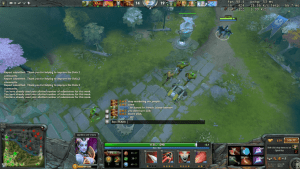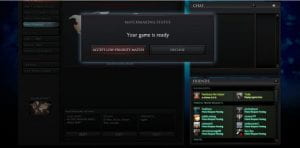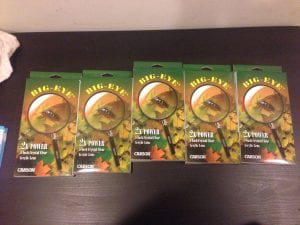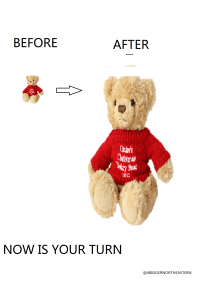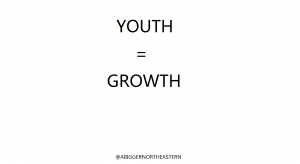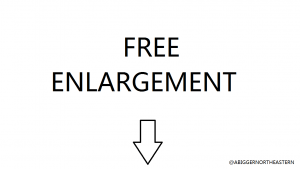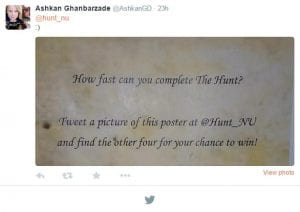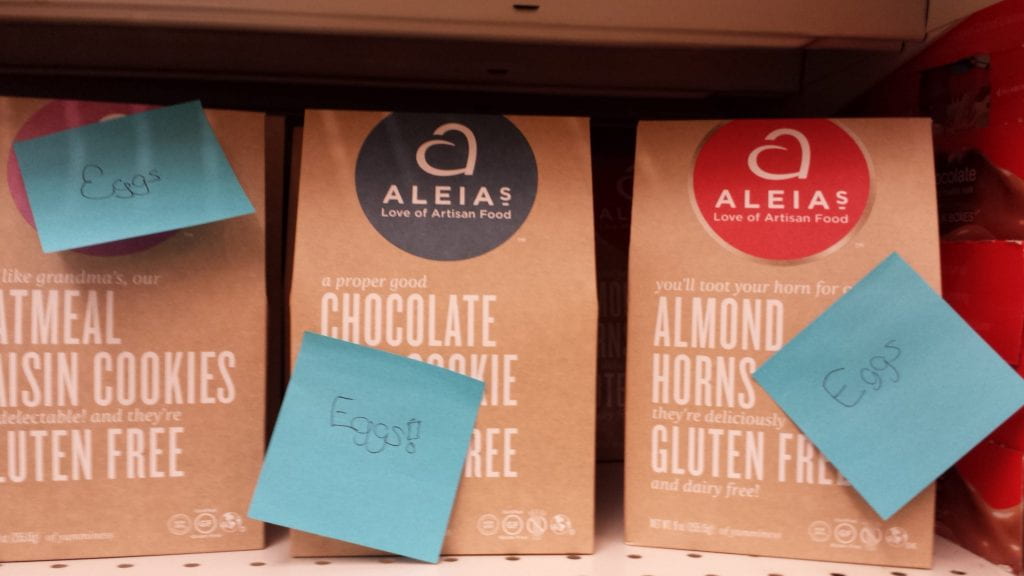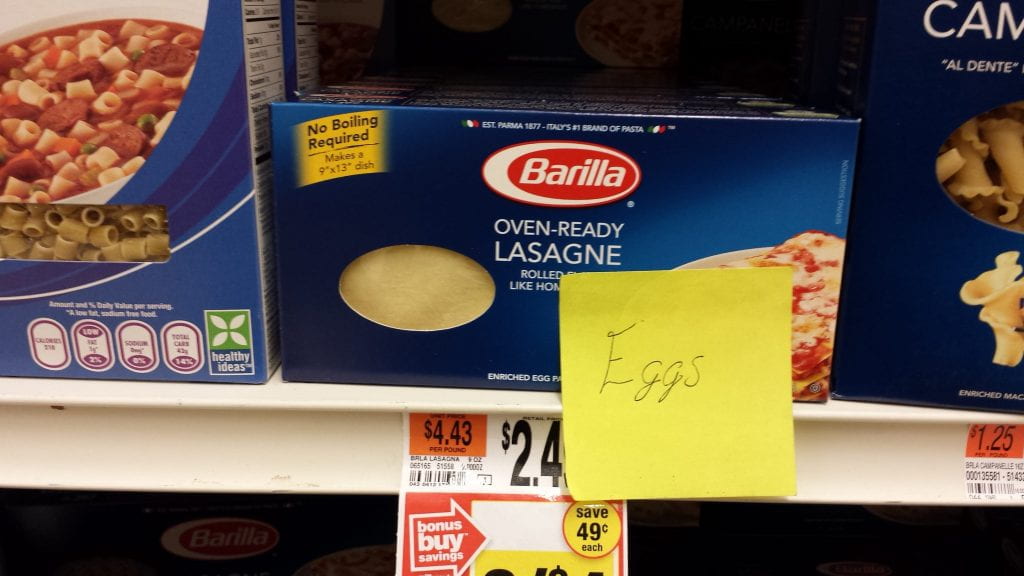Hi guys,
This is a blog post to create a conversation on the tools and resources we can take advantage of for our final projects.
Text Adventure Engines:
Twine (twinery.org)
An HTML, browser-based Interactive Fiction engine. Supports image usage, and knowing a bit of CSS can make your piece even more interesting
ADRIFT (adrift.org)
A text-based Advnture game engine that allows a substantial amount of customization. No programming necessary.
2D Art Tools:
Aseprite (https://www.aseprite.org)
This program is amazing if you want to look into pixel art. There’s a free version that doesn’t look as fancy and has the worst layer management, but its pretty great. Perpixel editing, and one of the most robust per frame animation suites I have ever used.
GIMP (http://www.gimp.org/)
GIMP is a free Photoshop. Its a thing. It works. You can edit photos. Its really useful.
…
I really don’t have much more to say about this.
3D Art Tools
Blender (http://www.blender.org/)
Have you ever wondered what would happen if someone tried to combine Maya, ZBrush and 3DSMax into one program? Meet Blender. Its a free tool that you can use to model and manipulate objects. These models can then be used to make crazy things happen. I do not have many examples of this program in games, but here’s one game that I actually KNOW uses Blender for modeling: Gorogoa (http://gorogoa.com/)
2D Engines:
Construct 2 by Scirra (https://www.scirra.com/)
GameMaker by YoYo games (https://www.yoyogames.com/studio)
Solarus (http://www.solarus-games.org/)
This one can be used to make top down action-adventures if you’re into LUA
RPG Maker VX/VXAce (http://www.rpgmakerweb.com/)
A Japanese product that is widely used by hobbyists and has a substantial amount of fan-created materials.The base engine is built around a JRPG battle framework, but since the engine is built in Ruby, modders have managed to alter and change the engine in wild and crazy ways.
http://gubi.us:8001/redmine/projects
3D Engines:
Unity (unity3d.com)
Despite the website, the Unity game engine can also be used to make 2D games. Its free, and 5 has really neat audio options that are work toying with. Requires knowledge in Javascript or C#.
Unreal Engine (unrealengine.com)
Despite the name, Unreal is quite real. Notable in the fact that you can visually code games with the Blueprint system. Optionally, you could code in C#.
Blender (http://www.blender.org/)
I’m not kidding. This is a thing. Blender has a Game Engine. Good luck finding the documentation for it though.
Irrlicht (http://irrlicht.sourceforge.net/)
C++. Unless you commit to this engine, I do not recommend touching it with a six-foot pole.


